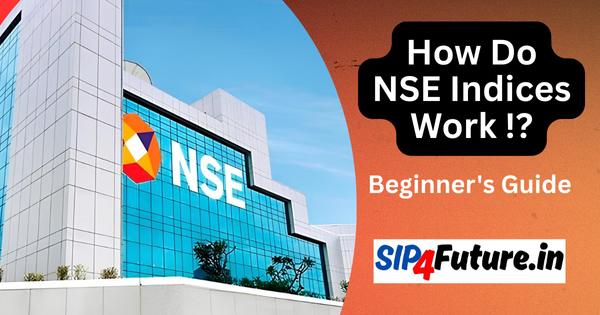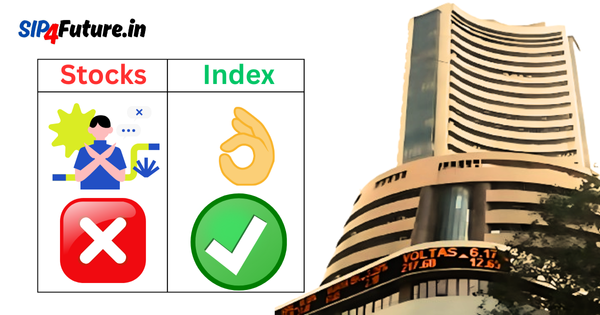Asian Paints, a household name in India’s paint industry, has recently faced scrutiny following its Q4 results for FY25, which fell short of analyst expectations. On May 9, 2025, the company’s stock price on the National Stock Exchange (NSE) stood at ₹2,309.00, reflecting a modest gain of 0.28%. However, the market sentiment remains negative, with major brokerages like CLSA and Citi issuing downgrades. This article explores the reasons behind Asian Paints’ underwhelming performance, the broader market dynamics, and the implications for investors.
What Led to Asian Paints’ Disappointing Q4 Performance?
Asian Paints reported a mere 1.8% volume growth in Q4 FY25, a figure that alarmed analysts and investors alike. This sluggish growth, coupled with competitive pressures and weak urban demand, has raised questions about the company’s ability to maintain its dominant market position. According to Moneycontrol, the company’s consolidated net profit grew marginally, but the lack of robust volume growth overshadowed these gains.
CLSA maintained its ‘underperform’ rating, slashing its price target to ₹1,966.00, while Citi reiterated a ‘sell’ rating with a target of ₹2,100.00. These downgrades reflect concerns about Asian Paints’ growth trajectory in a highly competitive market. The company’s premium valuation, historically justified by consistent performance, now appears vulnerable.
Key Metrics from Q4 FY25
| Metric | Q4 FY25 | Q4 FY24 | Change (%) |
|---|---|---|---|
| Volume Growth | 1.8% | 5.2% | -3.4% |
| Revenue (₹ Crore) | 8,700 | 8,500 | +2.4% |
| Net Profit (₹ Crore) | 1,250 | 1,200 | +4.2% |
| EBITDA Margin (%) | 18.5% | 19.2% | -0.7% |
The table above highlights the key financial metrics, showcasing the slowdown in volume growth and a slight dip in profitability margins. These figures underscore the challenges Asian Paints faces in sustaining its growth momentum.
How Are Competitive Pressures Impacting Asian Paints?
The Indian paint industry is witnessing intensifying competition, with players like Berger Paints and new entrants like JSW Paints and Aditya Birla Group’s Birla Opus gaining traction. These competitors are aggressively expanding their market share, particularly in tier-2 and tier-3 cities, where Asian Paints has traditionally held a strong presence.
Additionally, rising raw material costs, particularly for crude oil derivatives like titanium dioxide, have squeezed margins. According to a report by Business Standard, raw material inflation has been a persistent challenge for the paint industry, with companies passing on only a portion of the cost increases to consumers to avoid losing market share.
Competitive Landscape
| Company | Market Share (%) | Key Strength |
|---|---|---|
| Asian Paints | ~55% | Brand loyalty, wide distribution |
| Berger Paints | ~20% | Affordable pricing |
| Kansai Nerolac | ~15% | Industrial coatings |
| Birla Opus | ~5% | Aggressive marketing |
This competitive intensity has forced Asian Paints to invest heavily in marketing and distribution, further straining its profitability. The company’s ability to innovate and maintain its premium positioning will be critical in countering these threats.
When Did Government Policies Impact Asian Paints’ Stock Price?
Government policies have played a significant role in shaping the paint industry’s fortunes. In 2024, the Indian government introduced stricter environmental regulations aimed at reducing volatile organic compounds (VOCs) in paints. While Asian Paints has been proactive in transitioning to eco-friendly products, the compliance costs have added to its operational expenses.
Moreover, the Goods and Services Tax (GST) regime, which places paints in the 18% tax bracket, has impacted consumer demand, particularly in price-sensitive rural markets. The government’s focus on affordable housing under schemes like Pradhan Mantri Awas Yojana (PMAY) has driven demand for paints, but urban demand remains subdued due to economic uncertainties.
Impact of Government Policies
| Policy | Impact on Asian Paints |
|---|---|
| VOC Regulations | Higher compliance costs, eco-friendly shift |
| GST (18%) | Reduced affordability in rural markets |
| PMAY Housing Scheme | Increased demand in affordable housing |
These policies highlight the delicate balance Asian Paints must strike between regulatory compliance and cost management.
How Does the Global Market Scenario Affect Asian Paints?
The global paints and coatings market, valued at approximately $160 billion in 2024, is undergoing significant shifts. According to Statista, rising urbanization and infrastructure development in Asia-Pacific are driving demand for paints. However, global supply chain disruptions and geopolitical tensions have led to volatile raw material prices, impacting Asian Paints’ cost structure.
In international markets, Asian Paints operates in over 15 countries, including Nepal, Bangladesh, and Sri Lanka. While these markets contribute less than 10% to its revenue, they are critical for diversification. Weak global demand, particularly in Europe and North America, has indirectly affected Asian Paints’ export-oriented segments, such as industrial coatings.
Global Market Trends
| Trend | Impact on Asian Paints |
|---|---|
| Supply Chain Disruptions | Higher raw material costs |
| Urbanization in Asia-Pacific | Increased demand for decorative paints |
| Weak Global Demand | Lower export revenue |
The interplay of these global factors underscores the need for Asian Paints to strengthen its domestic market dominance while navigating international challenges.
What Are the Sector-Specific Challenges for Asian Paints?
The Indian paint industry, part of the broader chemicals and materials sector, is closely tied to real estate, automotive, and industrial activity. The real estate sector, a key demand driver for decorative paints, has faced headwinds due to high interest rates and regulatory hurdles. According to CREDAI, residential sales in urban areas grew by only 5% in 2024, dampening demand for paints.
The automotive sector, which relies on industrial coatings, has also been sluggish, with passenger vehicle sales growing by just 3% in FY25, as per SIAM. These sector-specific challenges have compounded Asian Paints’ difficulties, making it harder to achieve robust volume growth.
Sector Performance
| Sector | Growth Rate (FY25) | Impact on Asian Paints |
|---|---|---|
| Real Estate | 5% | Lower demand for decorative paints |
| Automotive | 3% | Reduced industrial coatings demand |
| Infrastructure | 8% | Moderate boost from public projects |
When Will Asian Paints Regain Investor Confidence?
Analysts remain cautious about Asian Paints’ near-term prospects, citing persistent competitive pressures and macroeconomic uncertainties. However, the company’s strong brand equity and extensive distribution network provide a solid foundation for recovery. Investments in innovation, such as smart paints and sustainable products, could help Asian Paints regain market share.
The company’s focus on expanding its home décor portfolio, including furniture and furnishings, is another potential growth driver. According to Asian Paints’ official website, its home décor segment grew by 12% in FY25, signaling diversification efforts.
Future Price Targets and Historical Returns
Analysts have issued varied price targets for Asian Paints, reflecting differing views on its recovery potential. Below is a summary of targets from leading research firms as of May 2025:
| Research Firm | Rating | Price Target (₹) | Outlook |
|---|---|---|---|
| CLSA | Underperform | 1,966.00 | Bearish |
| Citi | Sell | 2,100.00 | Bearish |
| Motilal Oswal | Neutral | 2,400.00 | Cautious |
| ICICI Securities | Buy | 2,600.00 | Bullish |
Historical Returns
| Time Period | Return (%) |
|---|---|
| 1 Year (2024-25) | -10.5% |
| 3 Years (2022-25) | +5.2% |
| 5 Years (2020-25) | +28.7% |
These figures highlight Asian Paints’ resilience over the long term, despite recent underperformance. Investors with a long-term horizon may find the current dip an attractive entry point, but short-term volatility remains a concern.
Conclusion
Asian Paints’ Q4 FY25 results have cast a shadow over its growth narrative, with low volume growth and competitive pressures weighing on its stock price. While the company faces near-term challenges, its strong brand and strategic initiatives offer hope for recovery. Investors must weigh the risks of a competitive market against the potential for long-term gains, keeping an eye on macroeconomic trends and sector-specific developments.
Disclaimer: The information provided in this article is for educational purposes only and should not be considered financial advice. Investing in stocks involves risks, and individuals should conduct their own research or consult a financial advisor before making investment decisions.





Pingback: Asian Paints’ FY25 Drop: 45% Profit Decline & What Lies Ahead”. - ColorMag Dailymag